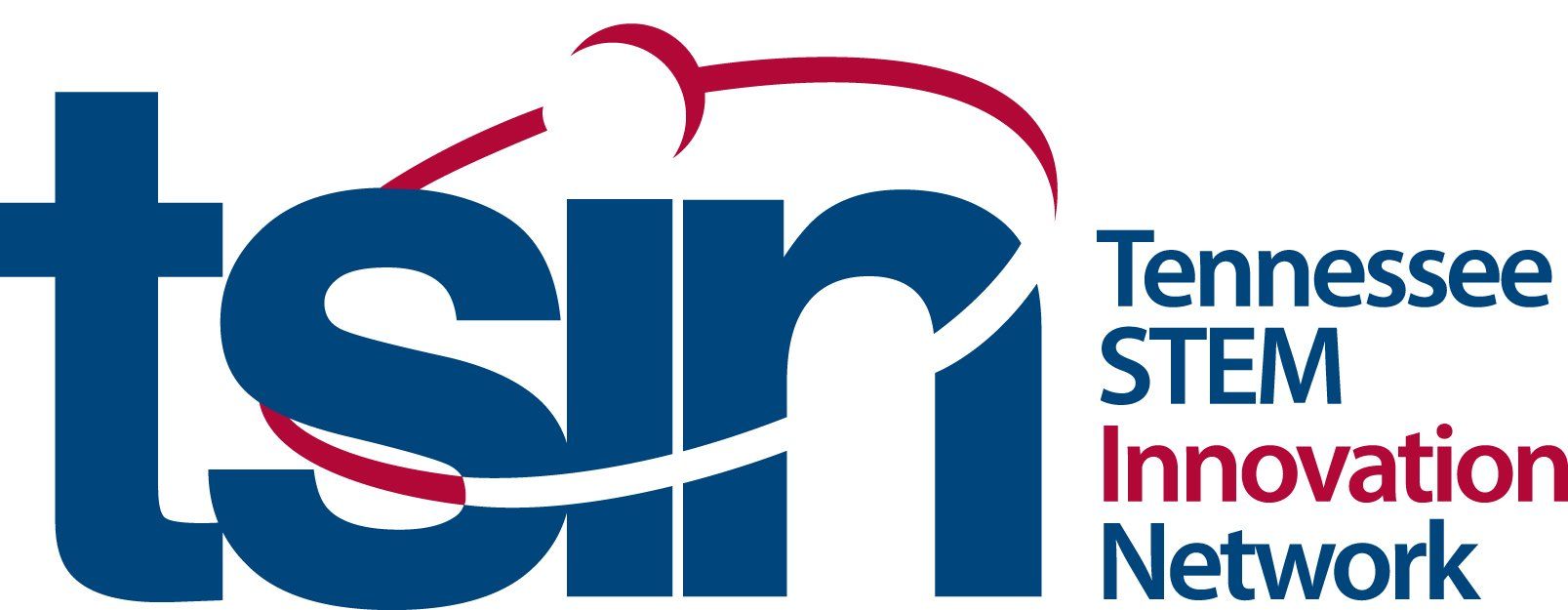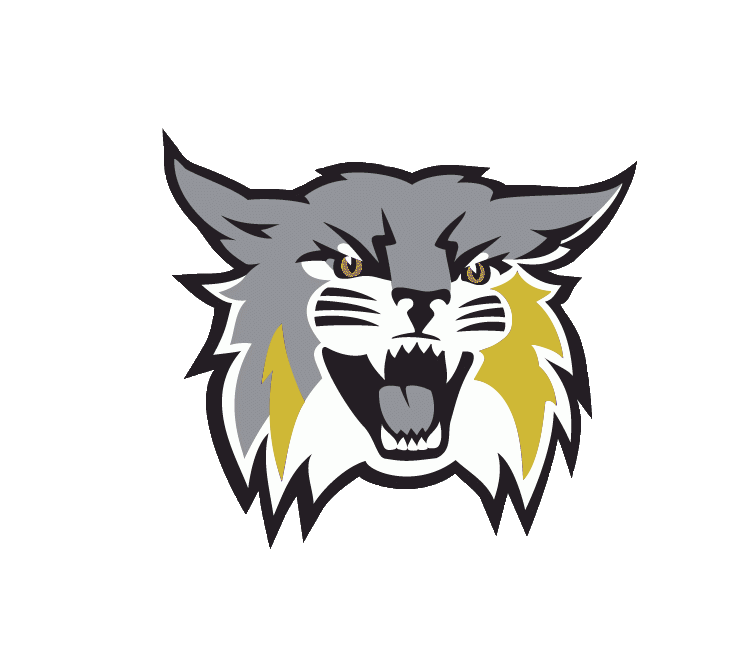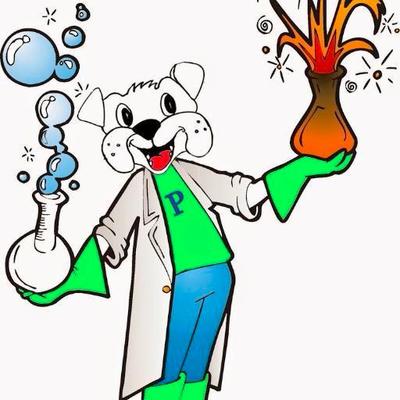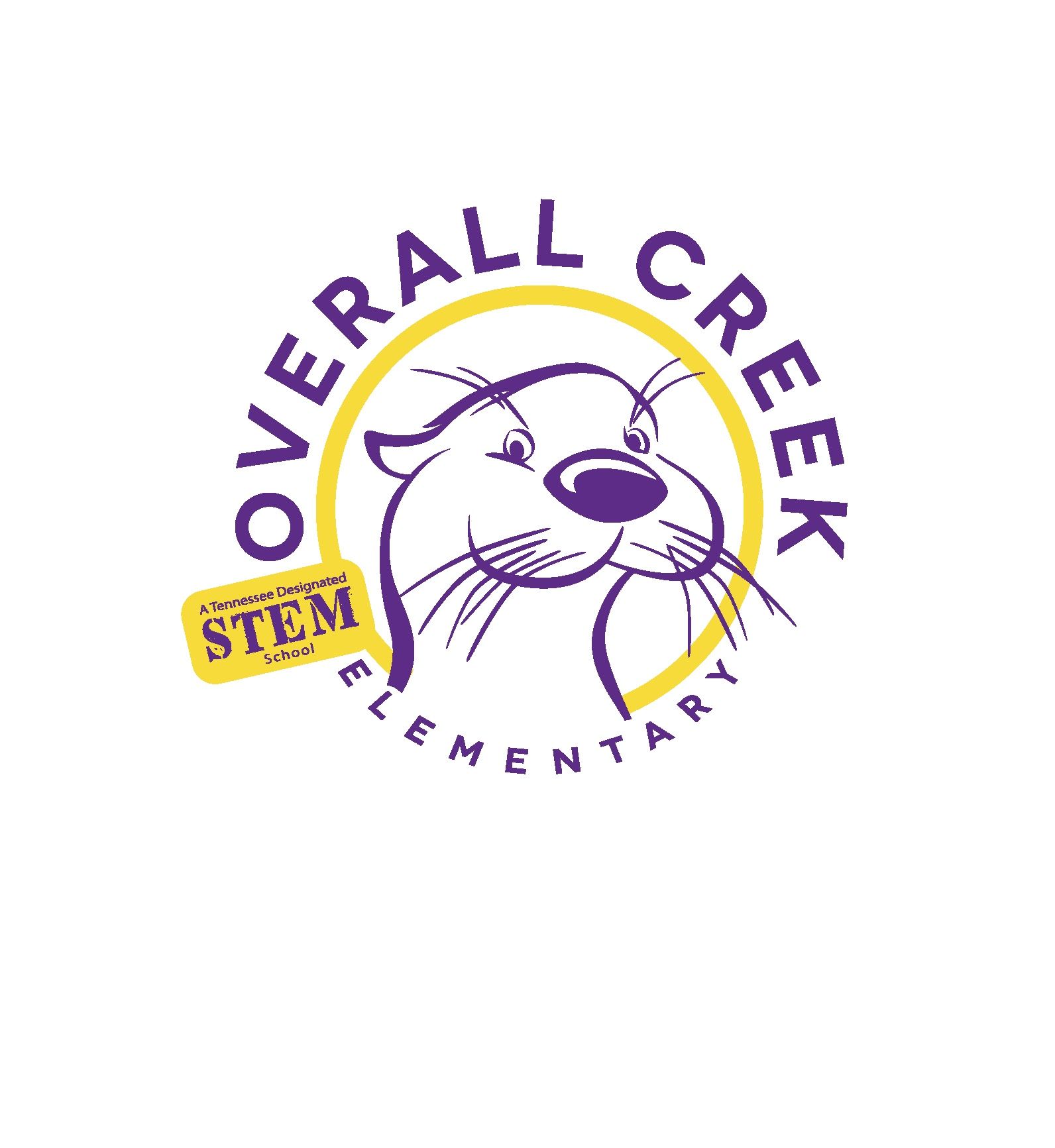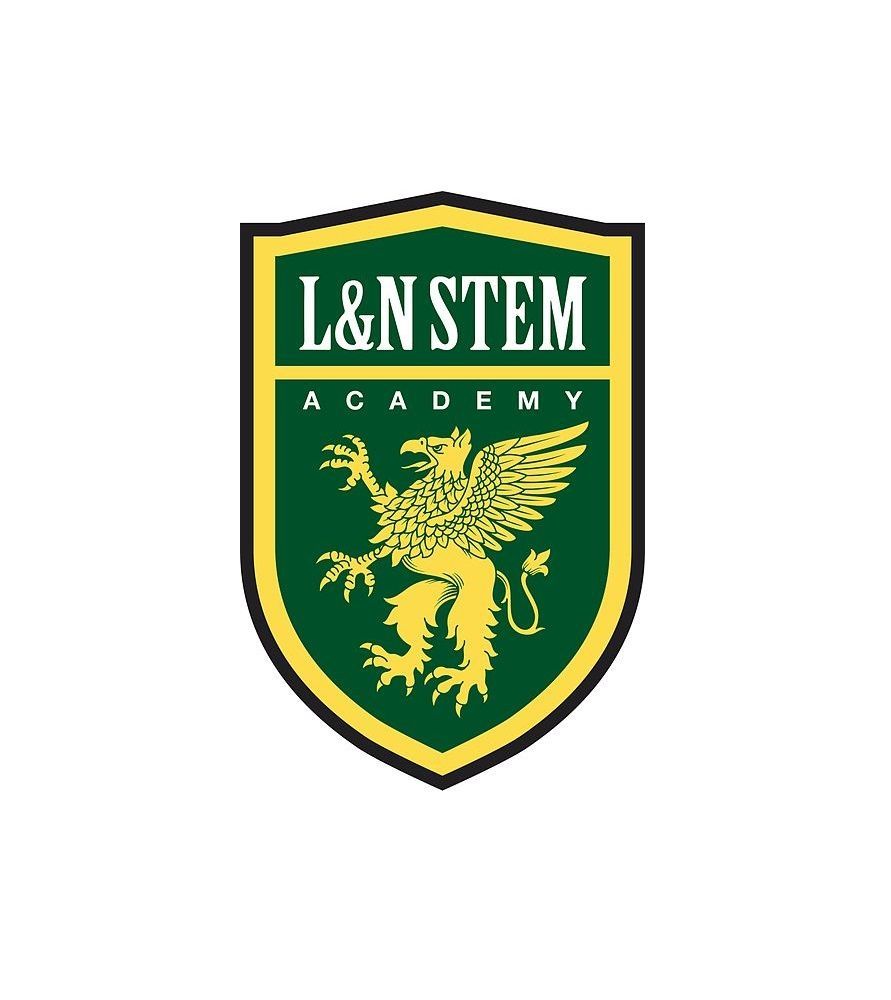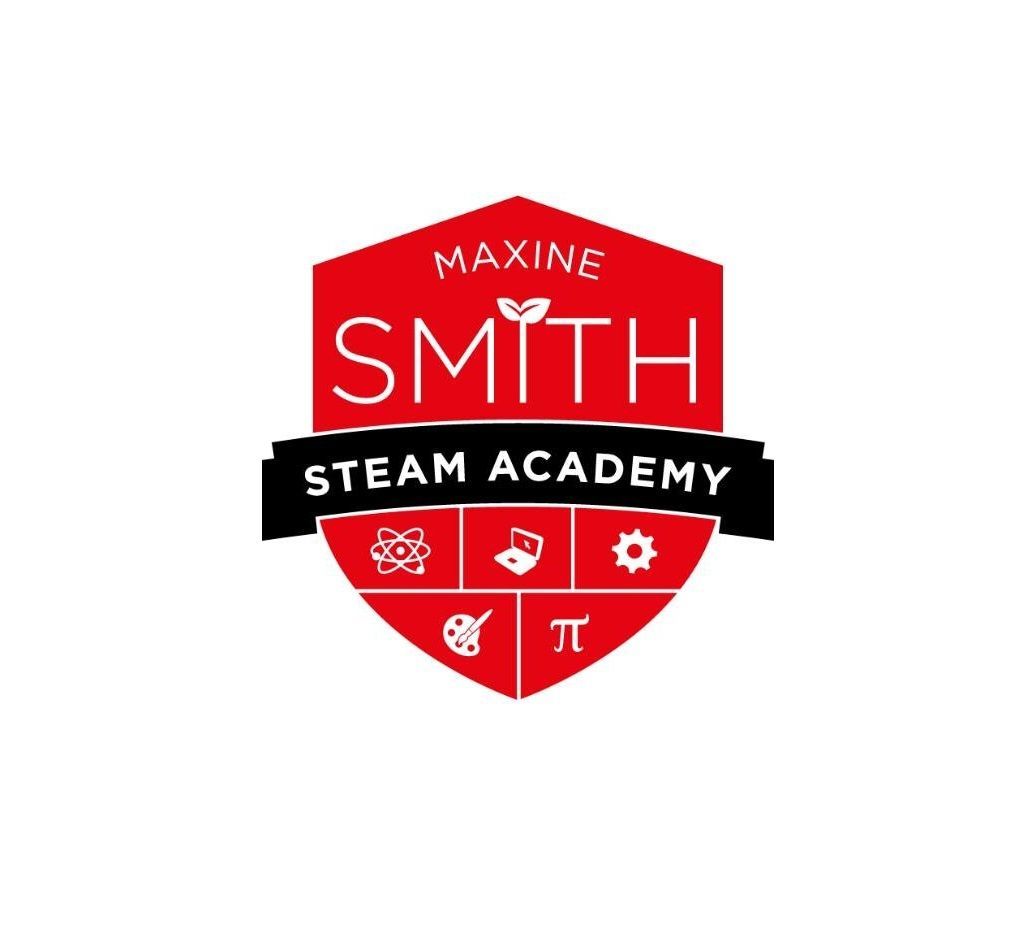STEM Night at the Hunter Museum of American Art
Students from STEM School Chattanooga recently completed a problem-based learning unit to redesign a current work of art into a digitally innovative piece. The Hunter Museum of American Art invited them to exhibit their digital works on a special STEM night in early November. Over 800 visitors passed through the exhibit and students interacted with art lovers from across the region.Read more The post STEM Night at the Hunter Museum of American Art appeared first on Tennessee STEM Innovation Network.
Students from STEM School Chattanooga recently completed a problem-based learning unit to redesign a current work of art into a digitally innovative piece. The Hunter Museum of American Art invited them to exhibit their digital works on a special STEM night in early November. Over 800 visitors passed through the exhibit and students interacted with art lovers from across the region.
Hunter’s Curator of Education Adera Causey was thrilled with the student exhibit:
I really enjoyed hearing and seeing their presentations and it was obvious the audience felt the same. They made our works so much richer and the experience of viewing them so much more complex in sharing their presentations and their creations with us and we so appreciated all the time the STEM students and teachers put into this.
STEM School Chattanooga student Alex Rolph offers this reflection:
It all started at the Hunter Museum. My group included Diana Coronado and Ian Warren. At first I was looking for a piece with a deeper meaning that could be expanded on greatly in my explanations. It was Ian who suggested a historical piece and showed us “ Wreck of Ole 97 ” by Thomas Benton.
We were given some time to discuss and started off by creating an EverNote folder and compiling a list of ideas, our primary being usi
ng Photoshop to create a multi-layered picture with descriptions on the event/layer of the picture as well as info on the author, but eventually we figured that would be too difficult to complete in the allotted time. Another idea we had was to create a model of the painting on Garry’s Mod , but that would be far too difficult to show at the Hunter Museum and we wished to provide textual information with our version, so we dropped the idea. We eventually settled on the idea of creating a 3D model on SketchUp , along with information written down in 3D blocks by the different “parts.”
Diana came up with idea to also play the song based on the same event depicted in the painting. This rounded out our idea just in time since fall break was just around the corner. I had a bit of experience with SketchUp so we decided to spend the most time on it.
Over the break, I collaborated with Ian and Diana on the project over Skype using a feature called screen share. When designing the model, I envisioned it as if it were a “historic park,” where life-size models are set up at the historical location with slabs nearby containing brief paragraphs of information. In that aspect, I think we succeeded. Crafting the recreation itself took a bit of extra work, as apparently I was still somewhat rusty on the program, especially when crafting complex structures such as trains.
Eventually, out of frustration, I turned to the 3D Warehouse ‘s Terms of Service, where I found that for this sort of project I had the right to use models made by others. I used as few models as I could from the 3D Warehouse and placed them all myself, adding a credit line for each model in the City of Danville section of our model.
I was feeling far more confident than I usually did the morning of a presentation, but I admit that my confidence withered somewhat when we first began setting everything up at the Hunter Museum, though it returned once again after the first few people we spoke to. I was impressed by my team’s knowledge on the piece and recreation.
The post STEM Night at the Hunter Museum of American Art appeared first on Tennessee STEM Innovation Network.
